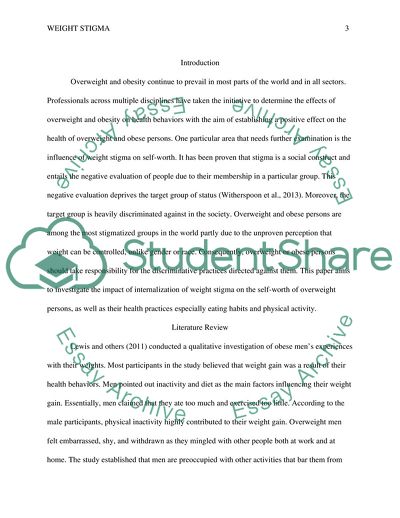Cite this document
(Weight Stigma Literature review Example | Topics and Well Written Essays - 2250 words, n.d.)
Weight Stigma Literature review Example | Topics and Well Written Essays - 2250 words. https://studentshare.org/social-science/1874249-weight-stigma
Weight Stigma Literature review Example | Topics and Well Written Essays - 2250 words. https://studentshare.org/social-science/1874249-weight-stigma
(Weight Stigma Literature Review Example | Topics and Well Written Essays - 2250 Words)
Weight Stigma Literature Review Example | Topics and Well Written Essays - 2250 Words. https://studentshare.org/social-science/1874249-weight-stigma.
Weight Stigma Literature Review Example | Topics and Well Written Essays - 2250 Words. https://studentshare.org/social-science/1874249-weight-stigma.
“Weight Stigma Literature Review Example | Topics and Well Written Essays - 2250 Words”. https://studentshare.org/social-science/1874249-weight-stigma.


